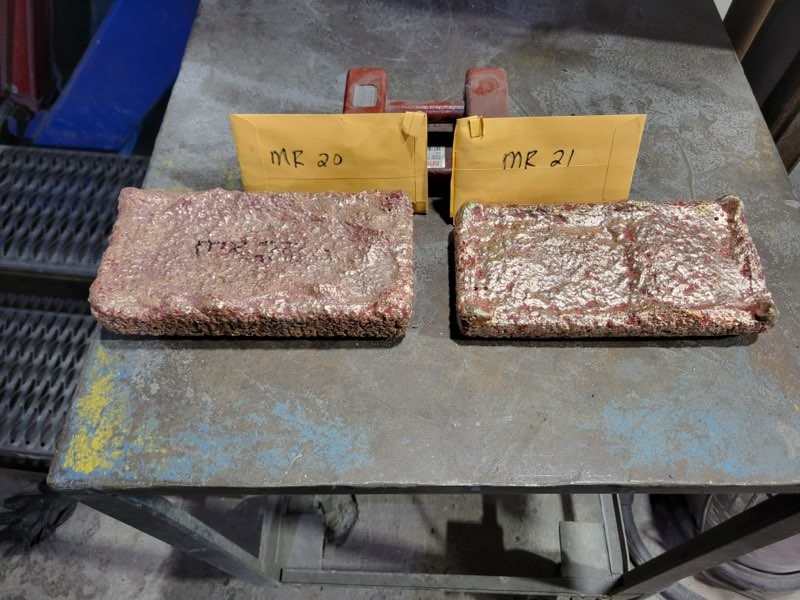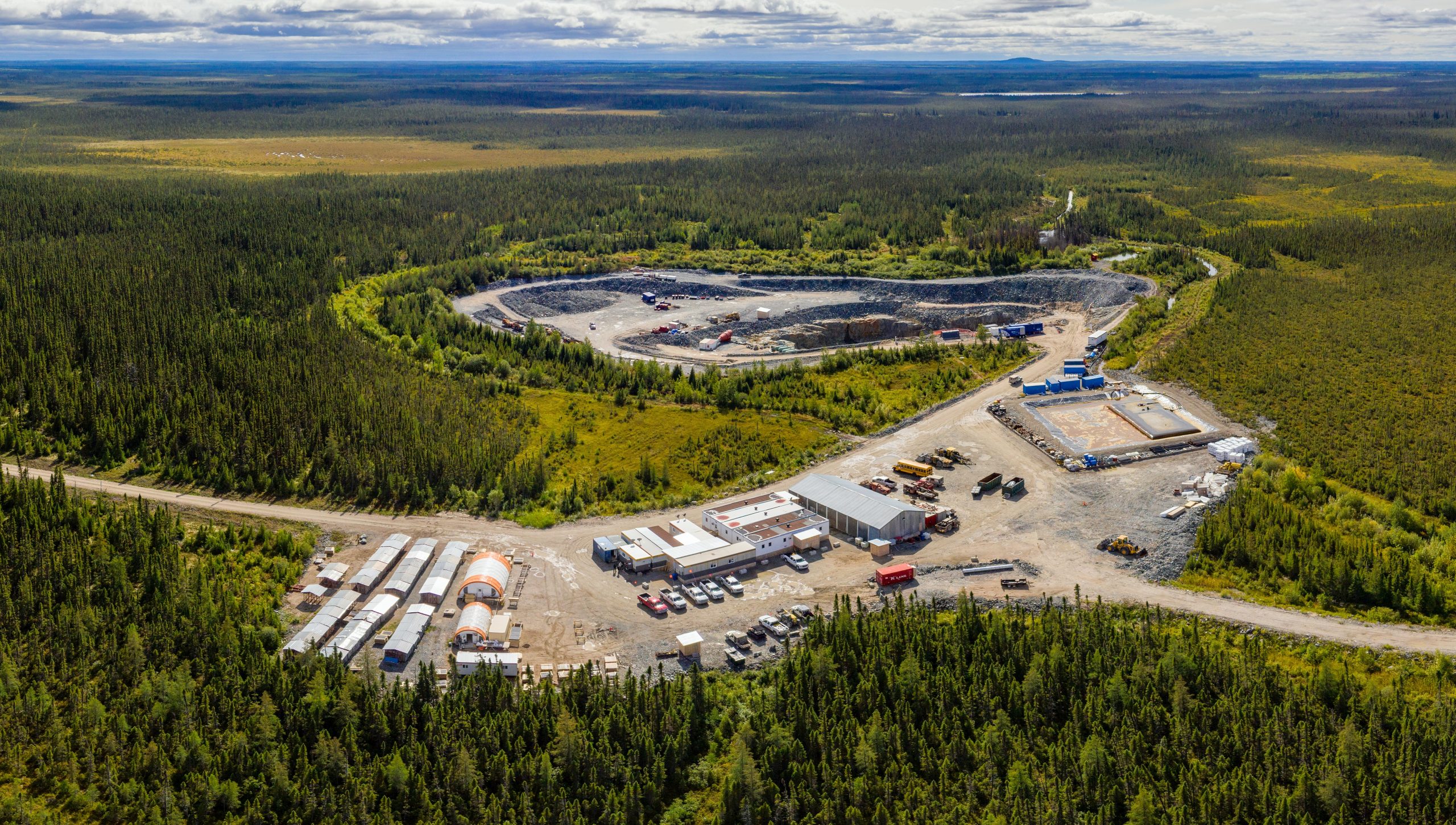Canada’s Midas Gold spent a decade putting together the document, which it opened for public review in August. The company, which closed the process in late October, said there were more than 9,600 comments on the proposal. It added that 74 of the state’s 105 legislators support the project.
If developed, the Stibnite gold, silver and antimony mine would be require a $1 billion investment, providing 1,000 direct and indirect jobs. The gold operation, near the headwaters of the South Fork of the Salmon River in central Idaho, is expected to have a 20-year lifespan.
Moving to the US?
Paulson believes it is in Midas Gold’s long-term best interests to become a US-listed and based company, committed to the restoration and development of the Stibnite gold project.
“Redomiciling from Canada to the US will streamline Midas Gold’s corporate structure by eliminating duplicate overheads, including the Vancouver office, thereby empowering employees in Idaho to continue advancing the project,” the firm said.
Paulson also noted that, once developed, the Stibnite Gold mine will become the only source of US-mined antimony, which has been declared a critical mineral by the government. The minerals is used as a fire retardant and metal strengthener.
Despite Paulson’s optimism, there are a few groups that oppose Midas Gold’s project. They include Idaho Rivers United, the Idaho Conservation League, Native American tribes, American Whitewater, Trout Unlimited, anglers, kayakers, recreators and basically anybody who says the quality of their life depends on the river.
Midas Gold has already invested more than $200 million in exploring, evaluating, and planning the project.
Barrick, the world’s second-largest gold miner, also has a 20% stake in the Stibnite project owner.
Gold prospectors flocked to Idaho in 1899, during the Thunder Mountain gold rush and mined the area until around 1945. The Stibnite mine continued in production until 1990, leaving a trace of pollution and devastation behind, according to data from the US Environmental Protection Agency (EPA), which had to spend about $4 million to clean the area and restore the environment.




